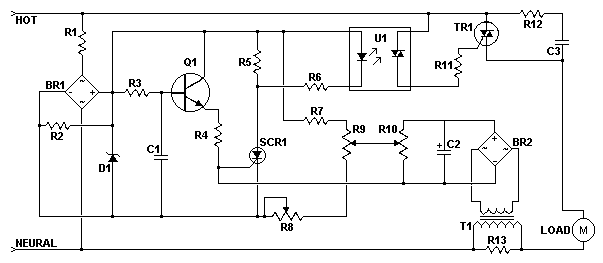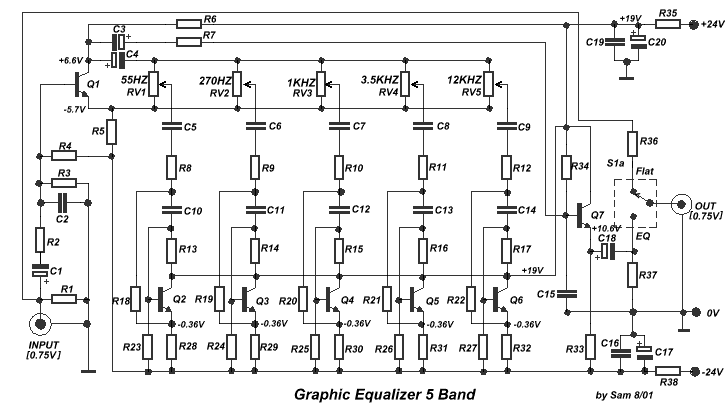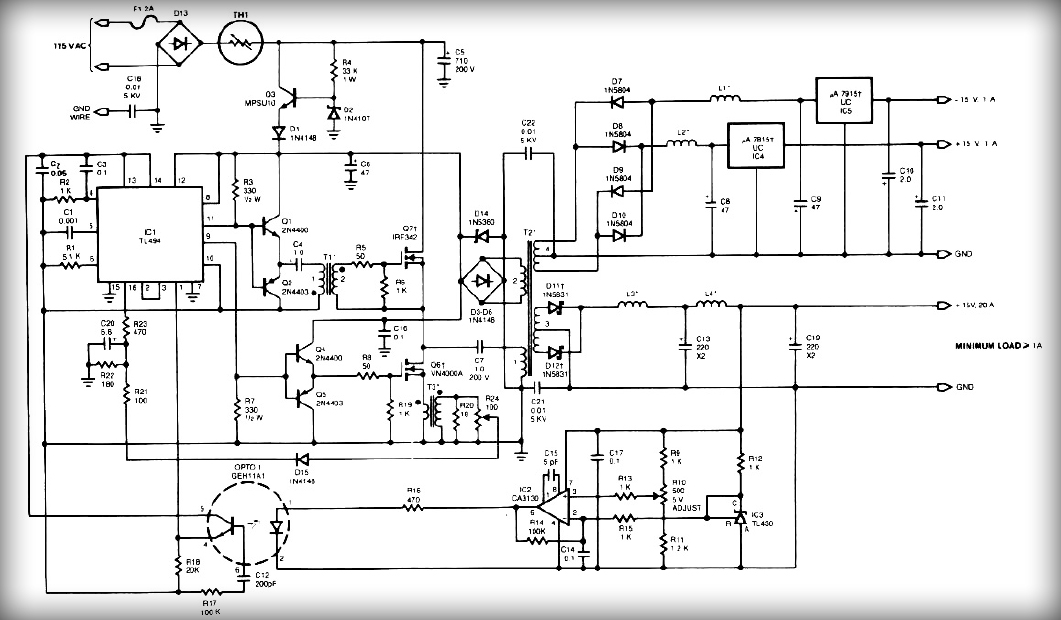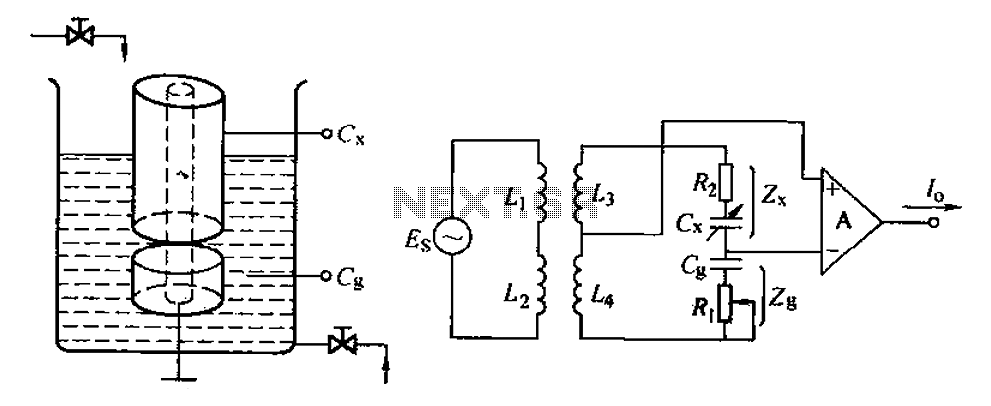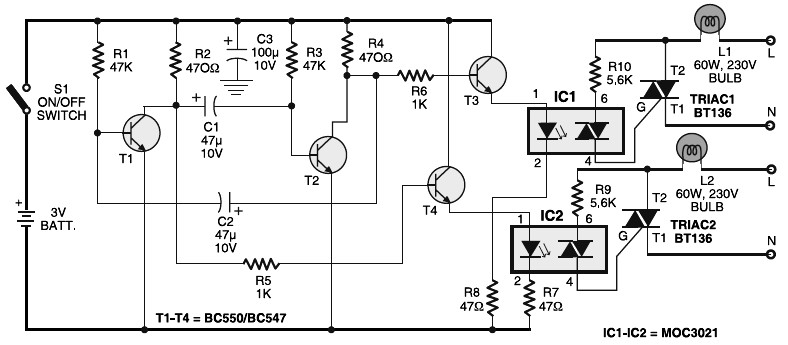
Speaker Protection Circuit Circuit
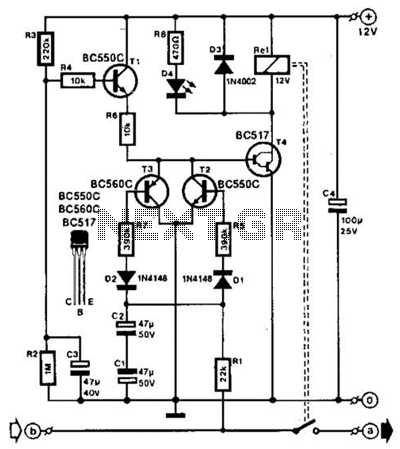
A speaker system can be safeguarded against amplifier failure by detecting DC voltages on the speaker line (a-b). The circuit is capable of sensing both positive and negative DC voltages. In such instances, a relay activates to disconnect the DC from the speakers. Approximately 12 V at 50 mA is required to power the circuit, depending on the specifications of the relay.
The described circuit employs a voltage sensing mechanism to monitor the speaker lines for any DC voltage presence, which could indicate a fault condition that may lead to speaker damage. The detection circuit typically consists of a voltage divider or a comparator that continuously monitors the voltage levels. When a DC voltage is detected, either positive or negative, the comparator triggers a relay to open, effectively disconnecting the speakers from the amplifier output.
The relay serves as a protective switch, ensuring that the speakers are not subjected to harmful DC voltages that could cause overheating or permanent damage. The choice of relay is critical; it must be capable of handling the power requirements of the system while providing a reliable operation. The circuit requires a power supply of approximately 12 V at 50 mA, which is sufficient to energize the relay coil. This power supply can be derived from the same source that powers the amplifier, ensuring that the protection circuit is always operational when the amplifier is in use.
In addition to the relay and sensing components, the circuit may also include additional features such as LED indicators to show when the protection circuit is active or when a fault condition has been detected. This can enhance user awareness and system diagnostics. Proper layout and component selection are essential to ensure the circuit operates reliably under varying conditions, including temperature fluctuations and electrical noise from the amplifier. Overall, this protective circuit is a critical addition to any speaker system, ensuring longevity and reliability by preventing damage from amplifier faults. A speaker system can be protected against amplifier failure when dc voltages (on speaker line a-b) arc sensed by the circuit. Either positive or negative dc voltages are sensed. A relay opens in this case, removing the dc from the speakers. About 12 V at 50 mA is needed to power the circuit, depending on the relay.
The described circuit employs a voltage sensing mechanism to monitor the speaker lines for any DC voltage presence, which could indicate a fault condition that may lead to speaker damage. The detection circuit typically consists of a voltage divider or a comparator that continuously monitors the voltage levels. When a DC voltage is detected, either positive or negative, the comparator triggers a relay to open, effectively disconnecting the speakers from the amplifier output.
The relay serves as a protective switch, ensuring that the speakers are not subjected to harmful DC voltages that could cause overheating or permanent damage. The choice of relay is critical; it must be capable of handling the power requirements of the system while providing a reliable operation. The circuit requires a power supply of approximately 12 V at 50 mA, which is sufficient to energize the relay coil. This power supply can be derived from the same source that powers the amplifier, ensuring that the protection circuit is always operational when the amplifier is in use.
In addition to the relay and sensing components, the circuit may also include additional features such as LED indicators to show when the protection circuit is active or when a fault condition has been detected. This can enhance user awareness and system diagnostics. Proper layout and component selection are essential to ensure the circuit operates reliably under varying conditions, including temperature fluctuations and electrical noise from the amplifier. Overall, this protective circuit is a critical addition to any speaker system, ensuring longevity and reliability by preventing damage from amplifier faults. A speaker system can be protected against amplifier failure when dc voltages (on speaker line a-b) arc sensed by the circuit. Either positive or negative dc voltages are sensed. A relay opens in this case, removing the dc from the speakers. About 12 V at 50 mA is needed to power the circuit, depending on the relay.
